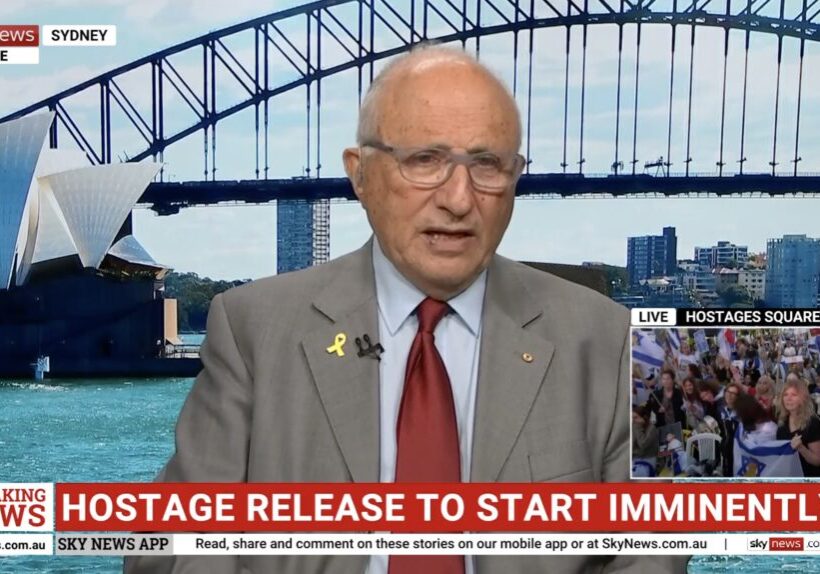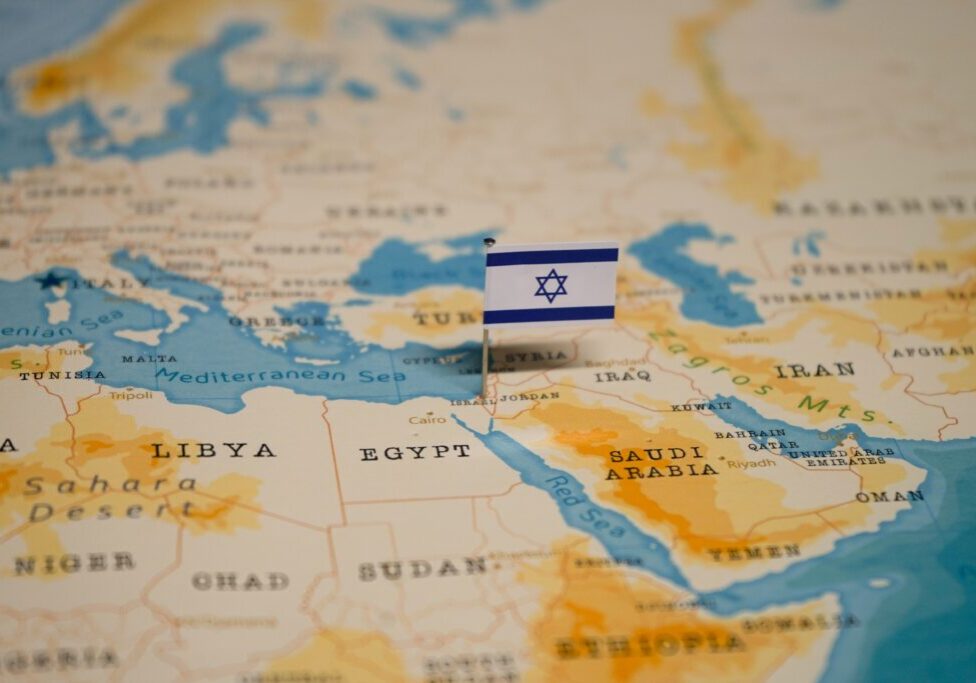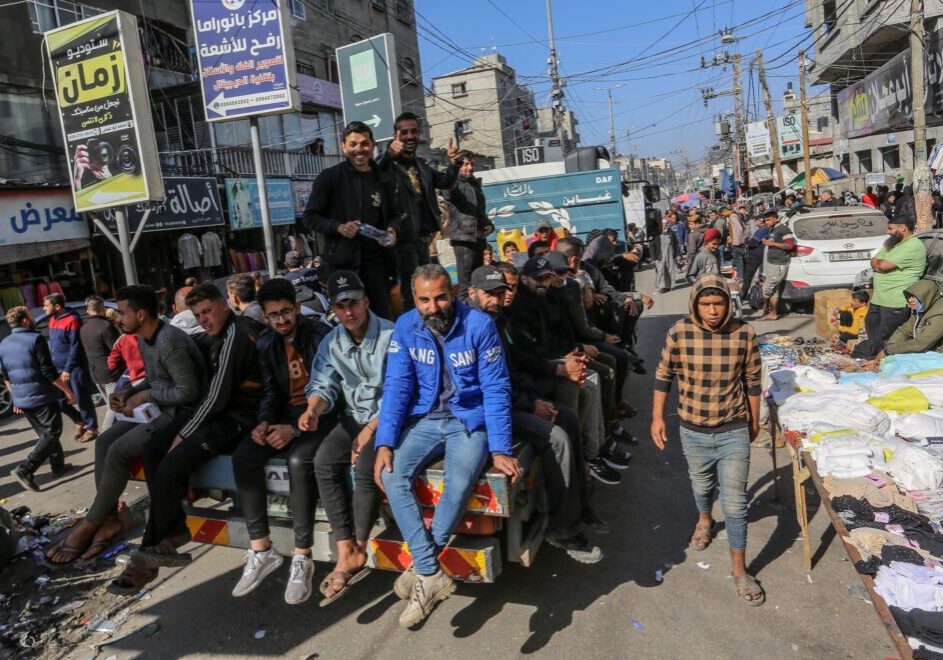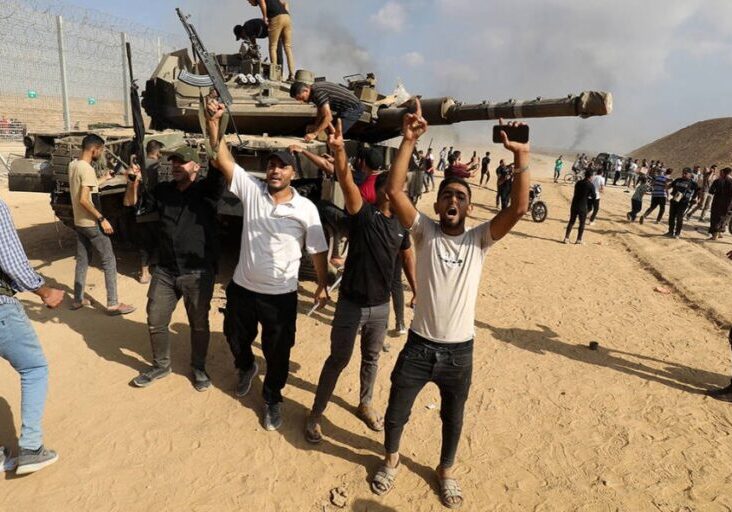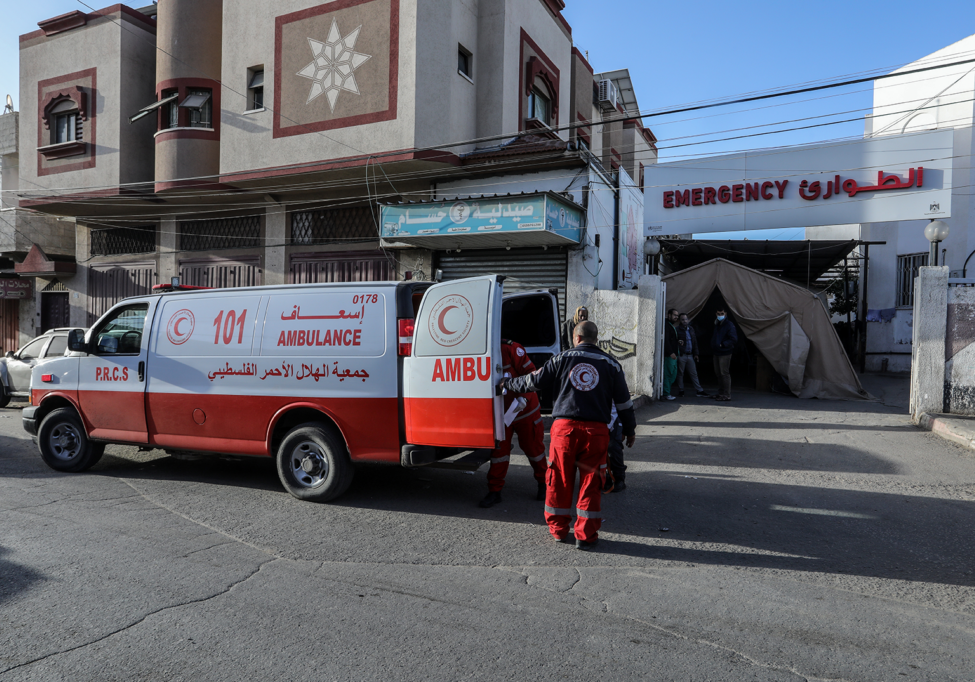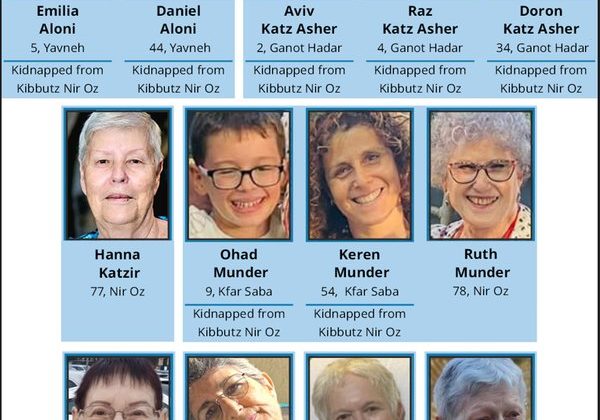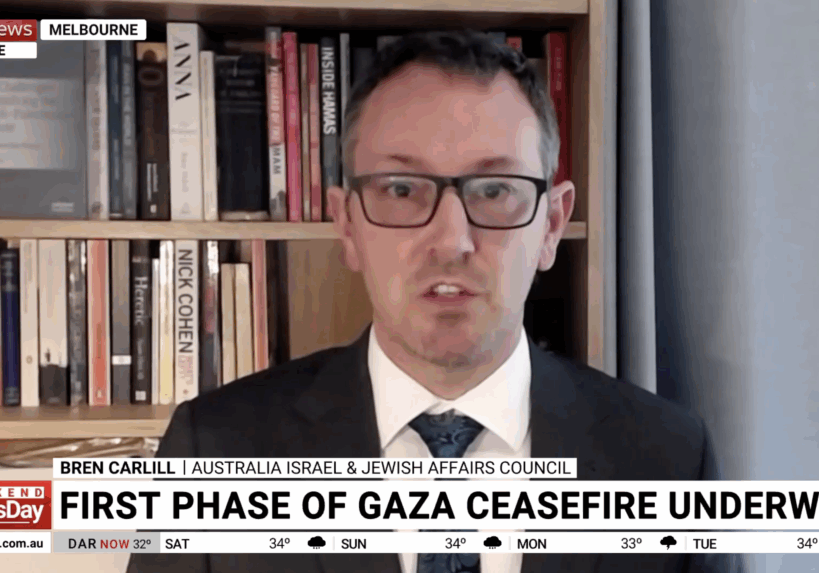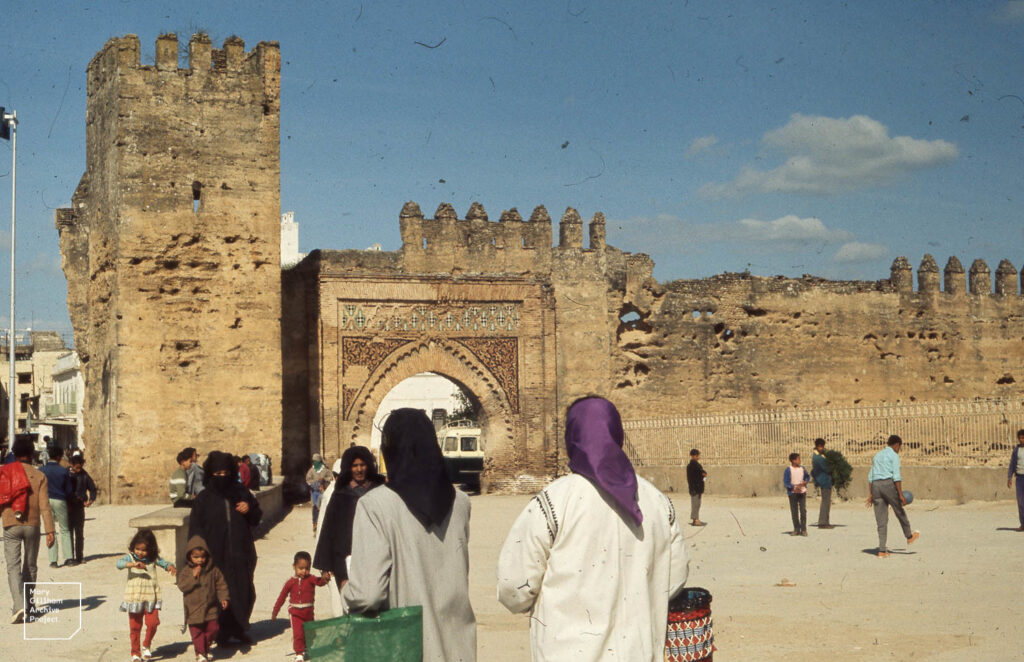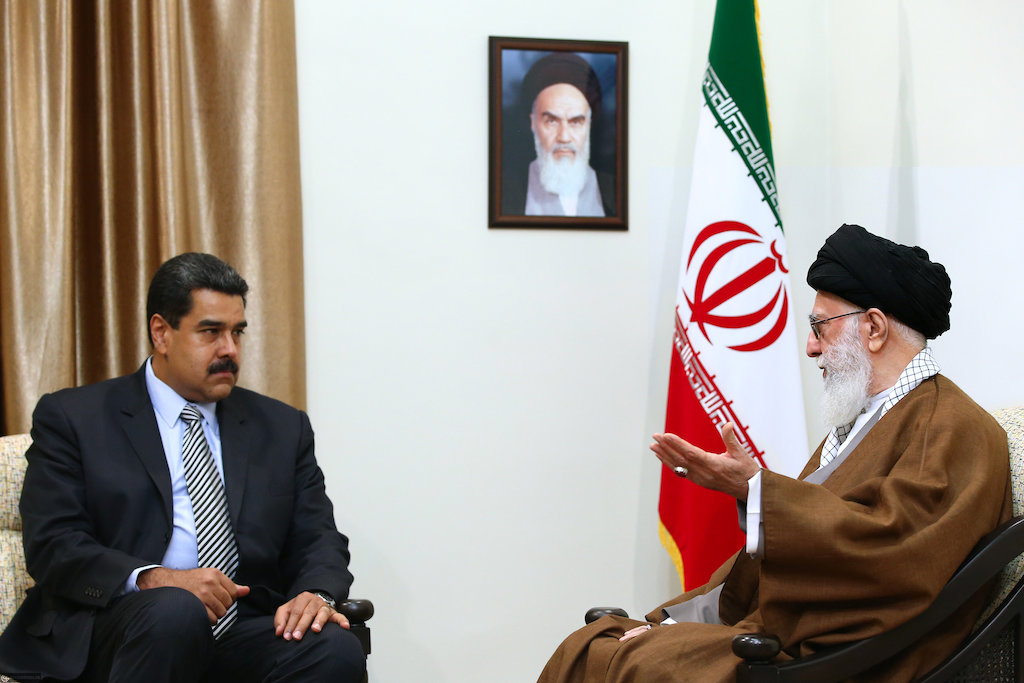FRESH AIR
The humanitarian aid funding cuts you never heard about
June 13, 2025 | Alana Schetzer
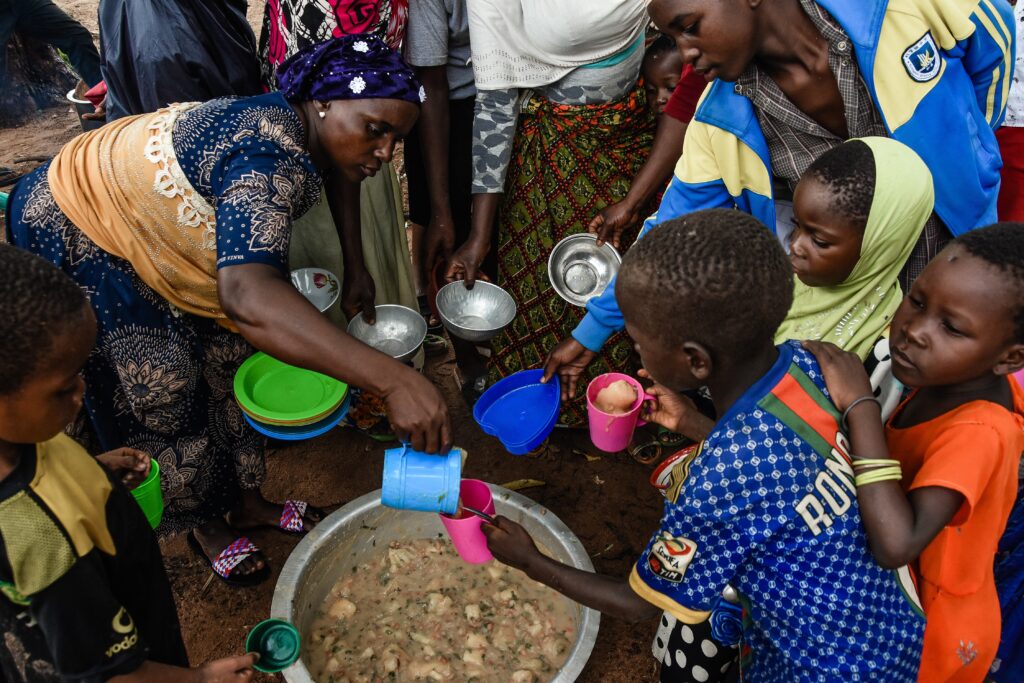
Since early March, when the six-week ceasefire in Gaza ended and Israel subsequently imposed a two-month aid blockade, the situation there has erroneously been portrayed as the world’s worst humanitarian crisis.
Israel maintained that more than enough food entered Gaza during the ceasefire to sustain Gaza’s population throughout the aid pause. It defended the blockade as necessary to reduce Hamas’ power by preventing Hamas from stealing the aid, which it then used to feed its fighters and sell to civilians at hugely inflated prices to fund its military efforts. Israel also always said that if Hamas did not agree to a new ceasefire, it was preparing a new aid system that would prevent this aid theft.
The changeover period undoubtedly affected the volume of food in Gaza, though there is little evidence it led to any genuine starvation. Moreover, Gaza’s temporary difficult situation regarding humanitarian aid is far from unique – it is just that other global hotspots fail to attract media attention or cause a public outcry.
As AIJAC wrote last week, a UN claim that “Gaza is the hungriest place on earth” is simply false, according to aid agency data.
That article noted that Yemen, Sudan and the Democratic Republic of Congo are on most lists of the hungriest places on earth. Each is the site of some of the longest and most tragic wars in recent decades, impacting the largest numbers of people and creating the most severe humanitarian crises. What’s worse, in all three cases, there have been major cuts to their humanitarian aid after fundraising appeals failed to reach their goals.
While this article focuses only on those three cases, across the world there are 114 wars and conflicts being fought – 45 of which are occurring in the Middle East and North Africa – putting hundreds of millions of lives at risk in dozens of different humanitarian crisis zones.
Yemen
Yemenis have been held hostage by an unrelenting regional war, initiated by the terrorist group, the Houthis, since August 2014, with an estimated more than 380,000 people killed and 4.5 million people displaced since then. Large-scale famine has and continues to occur across the country, which is exacerbated by natural disasters such as floods and droughts, large-scale fighting, and the country’s collapsing economy.
An estimated 19.5 million people will be dependent on humanitarian aid in Yemen this year, but despite this, there have been drastic and successive cuts to that aid. In fact, despite the growing need for food, water, and medical supplies, aid has been slashed by 62% over the past five years.
This includes the United Kingdom cutting its aid contributions by 50% in 2021. In December of that year, the World Food Programme announced that it would be forced to cut back humanitarian aid to millions of Yemenis due to funding reduction. This resulted in eight million people receiving less food, and child malnutrition programs being put at risk.
In February 2024, the United Nations made an appeal for US$2.7 billion in aid for Yemen for 2024; the previous year, the UN appealed for US$4.3 billion but only received 40% of that.
The situation worsened in October 2023, with the Biden Administration’s decision to withhold 60,000 metric tons of wheat earmarked for Yemen, following unsuccessful negotiations with the Houthis over theft of aid and interference in aid deliveries. The Biden Administration only reversed its decision in July 2024 after the Houthis agreed to increase cooperation, but failed to secure the release of 13 kidnapped UN aid workers.
Access to healthcare and education has also dramatically dropped over the past year-and-a-half, with some hospitals no longer able to provide free medical care to displaced Yemenis.
Sudan
In April 2023, a fresh civil war broke out in Sudan – a country that had already been savaged by 16 years of brutal civil war that had only officially ended in 2020. This time the fighting was between the Sudanese Armed Forces and the paramilitary Rapid Support Forces in April 2023.
About 25 million people, almost half the country’s population need humanitarian aid (more than Ukraine, Gaza, and Haiti combined), 11 million people have been displaced from their homes, and an estimated 150,000 have been killed. By May 2023, it was reported that 70% of hospitals in the conflict zone were already non-functioning, while the price of basic goods had more than doubled. The price of fuel increased more than tenfold.
The International Rescue Committee categorised the situation in Sudan as the world’s worst humanitarian crisis. Indeed, the International Rescue Committee regards it as not simply the worst currently occurring, but the worst ever in recorded history. Despite that, it has been all-but ignored by the media, and support for humanitarian aid has been severely crippled by a lack of funding, plus cuts to existing funding. By June 2024, it was estimated that US$2.7 billion was needed for humanitarian aid just for 2024 alone, but that only 18% of that amount had been raised. In August 2024, the United Kingdom – the second biggest donor to Sudan – cut the emergency food portion from its foreign aid budget by 30%. Sudanese people directly affected by the ongoing war spoke out against the decision, with displaced person Janet Kirakoo saying, “I don’t know how long I can survive. I’m dependent on foreigners for survival. My child and husband are dead. There’s no one left.”
What makes Sudan even more uniquely challenging is that the countries where the overwhelming majority of Sudanese refugees have fled to – neighbouring countries of Chad, South Sudan, and Central African Republic – have enormous economic, political, and social problems of their own, including immense poverty.
Egypt, which shares a border with Sudan to its north, refuses to take in Sudanese refugees, despite its obligation under the 1951 Refugee Convention, the 1967 Protocol Relating to the Status of Refugees, and the 1969 Organisation of African Unity Convention Governing the Specific Aspects of Refugee Problems in Africa. Egypt is using European Union-funded security forces to forcibly round up and deport the few Sudanese refugees who have managed to enter the country.
Democratic Republic of Congo
The long-term conflict across the Democratic Republic of Congo (DRC), located in central Africa, has produced one of the world’s biggest humanitarian crises. An estimated 25.4 million people are in desperate need of aid – more than any other group in the world – and 7.2 million people are displaced. Over the past three decades, six million people have been killed.
Over the past few years, particularly in early 2024, fighting across the eastern part of the country escalated, which in turn further negatively impacted the health and humanitarian emergency for the long-suffering Congolese people. Since 2022, the need for humanitarian aid – food, water, and medical supplies – has soared by 35%.
Like Yemen and Sudan, funding for humanitarian aid for DRC has completely failed to keep up with demand. As far back as 2014, fundraising efforts to help feed 4.2 million people only reached 25% of its goal and in 2021, only 27% of funds needed were raised, meaning that “many” of the 10 million people intended to receive aid would miss out.
In 2024, the UN appealed for US$2.6 billion for DRC aid, but by August it had only been able to raise 33% of that amount. At the time, the World Health Organisation warned that more than one million DRC children were at risk of suffering from acute malnutrition. This was happening at the same time that Mpox – a viral illness that can easily spread person-to-person – has been declared endemic in 11 of DRC’s 26 provinces.
Tags: Africa, Middle East, NGOs, Sudan, United Nations, Yemen
RELATED ARTICLES

Sentencing for antisemitic vandalism “manifestly inadequate”: Joel Burnie on Sky News

“Bittersweet” aftermath of hostage release deal: Joel Burnie on Sky News
